Zagg today announced the launch of its two newest screen protectors for the iPhone 6s and 6s Plus, introducing the InvisibleShield Sapphire Defense and the InvisibleShield Glass+.
The Sapphire Defense InvisibleShield is a hybrid glass screen protector infused with sapphire to give it superior scratch resistance. According to Zagg, the Sapphire Defense combines sapphire, glass, and traditional screen protection for a "virtually indestructible" screen protector that offers 7x better impact protection compared to an unprotected screen.
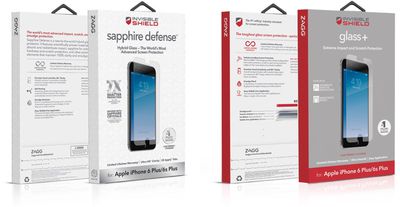
It also features smudge resistance, a self-healing surface to mask minor scratches, and the smooth feel and clarity of traditional glass screen protectors from Zagg.
"Almost everyone can relate to the fear associated with accidentally dropping your smartphone onto a hard surface," said Brian Stech, president of ZAGG. "As mobile devices have become the epicenter of our lives, we believe your screen should look as good today as the day you first purchased your device. This mentality drives us to work tirelessly to ensure mobile users can charge through life free from the fear of a damaged screen, confident to know the world's most advanced screen protection and lifetime warranty are protecting them."
The InvisibleShield Glass+ is a less expensive tempered glass screen protector which Zagg says features advanced impact protection, scratch resistance, and reinforced edges. It's constructed from several layers to protect against scratches and it offers 2x more impact protection than an unprotected screen.
The InvisibleShield Sapphire Defense is priced at $49.99 while the InvisibleShield Glass+ is priced at $39.99. Both new screen protectors can be purchased from the Zagg website, with the Glass+ coming in early September and the Sapphire Defense coming in early October.


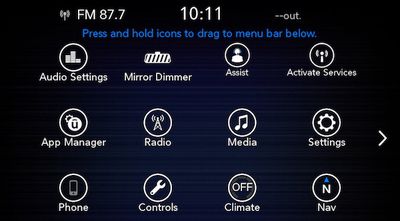
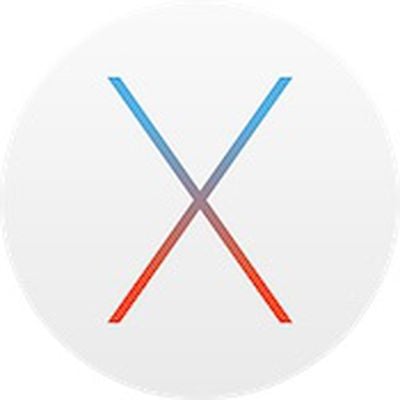 Apple today released
Apple today released 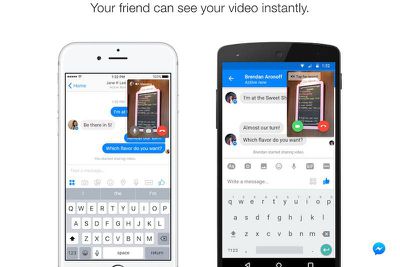
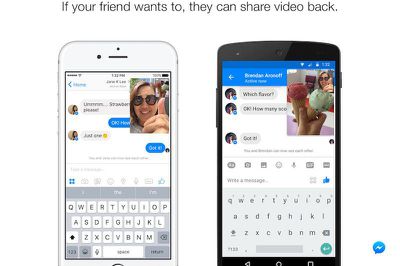
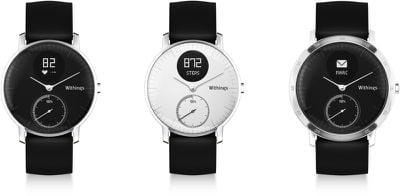
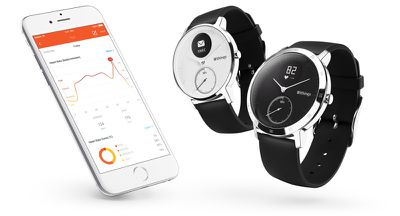


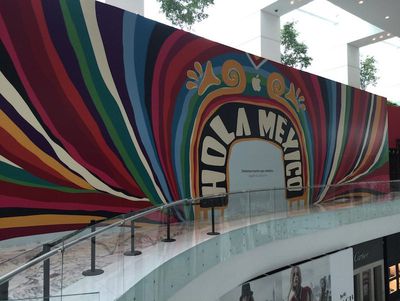
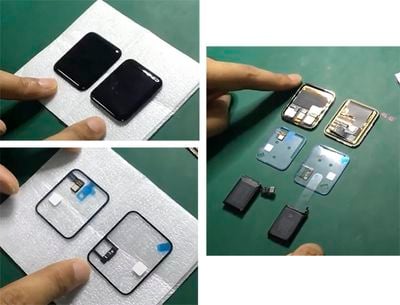
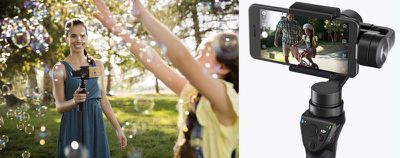
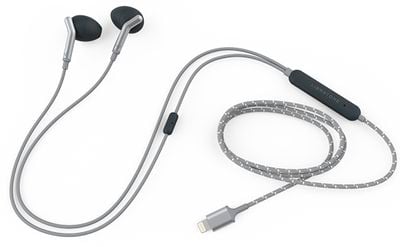
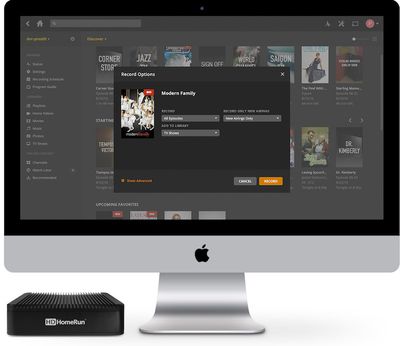

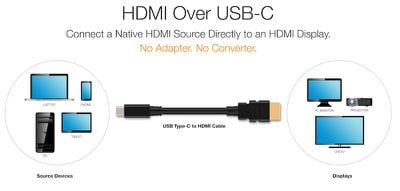
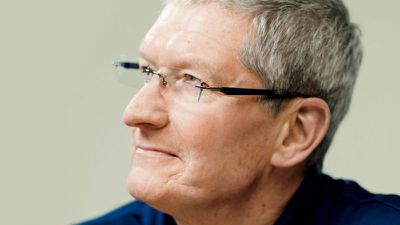

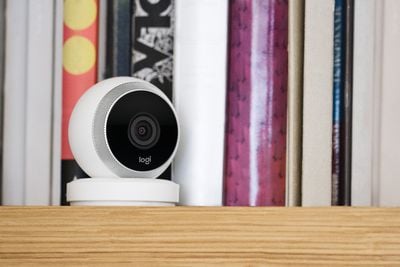
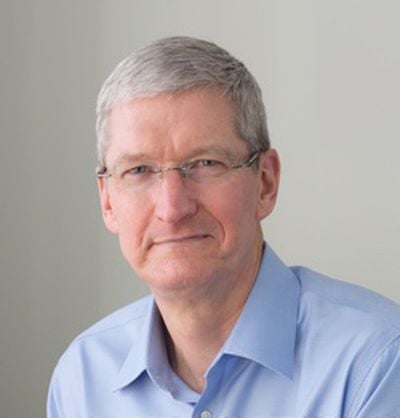 Apple CEO Tim Cook this week sold another $28.7 million worth of Apple stock, according to documents filed with the SEC.
Apple CEO Tim Cook this week sold another $28.7 million worth of Apple stock, according to documents filed with the SEC.











